An extract of a text narrating the tales of Merlin in medieval French has been stumbled upon by accident in Arbroath.
Arbroath Abbey is a place of great history for Scotland and after almost nine centuries, historic discoveries are still being made within its sandstone walls.
Most recently, it has given insight into the legend of King Arthur.
A piece of recycled vellum, or high-quality animal skin which was often used to bind medieval books, was found when a volunteer was handling some historic Arbroath Abbey registers.
It is believed to date from the 13th Century.
The registers contain information on leases, administration of the lands and churches, and other town businesses. The volunteer was browsing these when he noticed the vellum stuck in between the back cover of the book and the rest of the pages.
The volunteer noticed that the document was not written in Latin, which was unexpected given the nature of the texts, but didn’t immediately know what they had found.
The Arthurian legend has seen many retellings, with countless variations.
However, much of the main plot remains the same.
In the story, Arthur is conceived when his father, Uther Pendragon, deceives his mother.
Merlin raises Arthur away from his parents until his father dies.
The Knights of the Round Table are at a loss as to who will lead them.
As the king’s trusted adviser, Merlin prophesies that whoever can pull a mysterious sword, Excalibur, from a stone will be the true ruler of Camelot.
It is Arthur who finds the stone and extracts the weapon.
Under the instruction of Merlin, the young king achieves greatness.
Craig Pearson, the archives leader at Angus Alive, said: “The word Merlin kept popping out at us, which led us to believe that it was some type of Arthurian tale or poem.”
Lacking an appropriate local expert, Craig decided to contact Edinburgh University.
However, they had no such luck in deciphering the text.
After passing it on to colleagues at the Sorbonne in Paris, they finally got some answers.
“The head of Medieval French Studies got in touch, saying that it was a really interesting and exciting find,” he said.
Craig was able to gain some information from this department on the document, which seems to have Merlin as the main character of the story.
New perspective on legend of King Arthur and Merlin the wizard
The language experts in France were able to confirm that the page was part of the beginning of the Merlin en Prose, a key section of the overall Arthur legend.
While better-known texts detail the life, triumphs and eventual death of Arthur Pendragon, this text details the history of the mysterious Merlin.
Set before he became the adviser of the king, it gives context to how the sorcerer came to be.
The story describes how the legendary King Vertigier sent out 12 messengers to find the fatherless child, Merlin. These messengers were tasked with bringing back Merlin’s blood to reinforce the foundations of the king’s deteriorating tower.
The particular extract begins with the messengers informing the king of their answer and taking precautions against the child they believe is a threat.
They then set off in pairs to search for the young boy.
The second part of the fragments continues with four messengers encountering Merlin, who signals them to follow him to his mother’s house.
The sequence continues with Merlin introducing them to Blaise, who would become the wizard’s mentor
Arthur, Merlin and Arbroath Abbey…
While there are no clues as to where the document may have come from, Craig has some ideas.
He thinks it may have been in the Abbey Library at some point.
“In the past, there was a tendency to recycle old books, which is something you’d never dream of doing now,” he said.
He explained that, due to the price of materials, original volumes would often be cut up.
The vellum, which was extremely expensive, would then be used to wrap other items.
The presence of these scraps may also be linked to 18th century local landlord Lord Panmure. In the late 1700s, Arbroath was presented with a series of books from his library.
While these are two possible options, it is not known where the find originated from.
Will vellum find be displayed?
The team at Angus Alive are eager to share the discovery with the public.
It will be on display in the archive search room at Hunter Library in Forfar in February.
Craig plans to gather some other historical items about Arbroath Abbey to be displayed in a collection with the vellum.
Angus has been labelled ‘Scotland’s Birthplace’ due to the signing of the Declaration of Arbroath taking place in Arbroath Abbey in 1320.
This document was a letter to the Pope by the barons of Scotland asking him to recognise Scotland’s independence and acknowledge Robert the Bruce as the country’s lawful king.
With the area having such significance in Scottish history, the Angus Archives boast an extensive collection of documents, photographs and family histories.
And Craig says there are still many treasures to be unearthed.
“That’s the thing about the archives, there are things that lurk in the collections that go unnoticed until someone takes the time to look more closely,” he said.
“It was very exciting to come across something so different and unusual in Angus, completely by accident.”
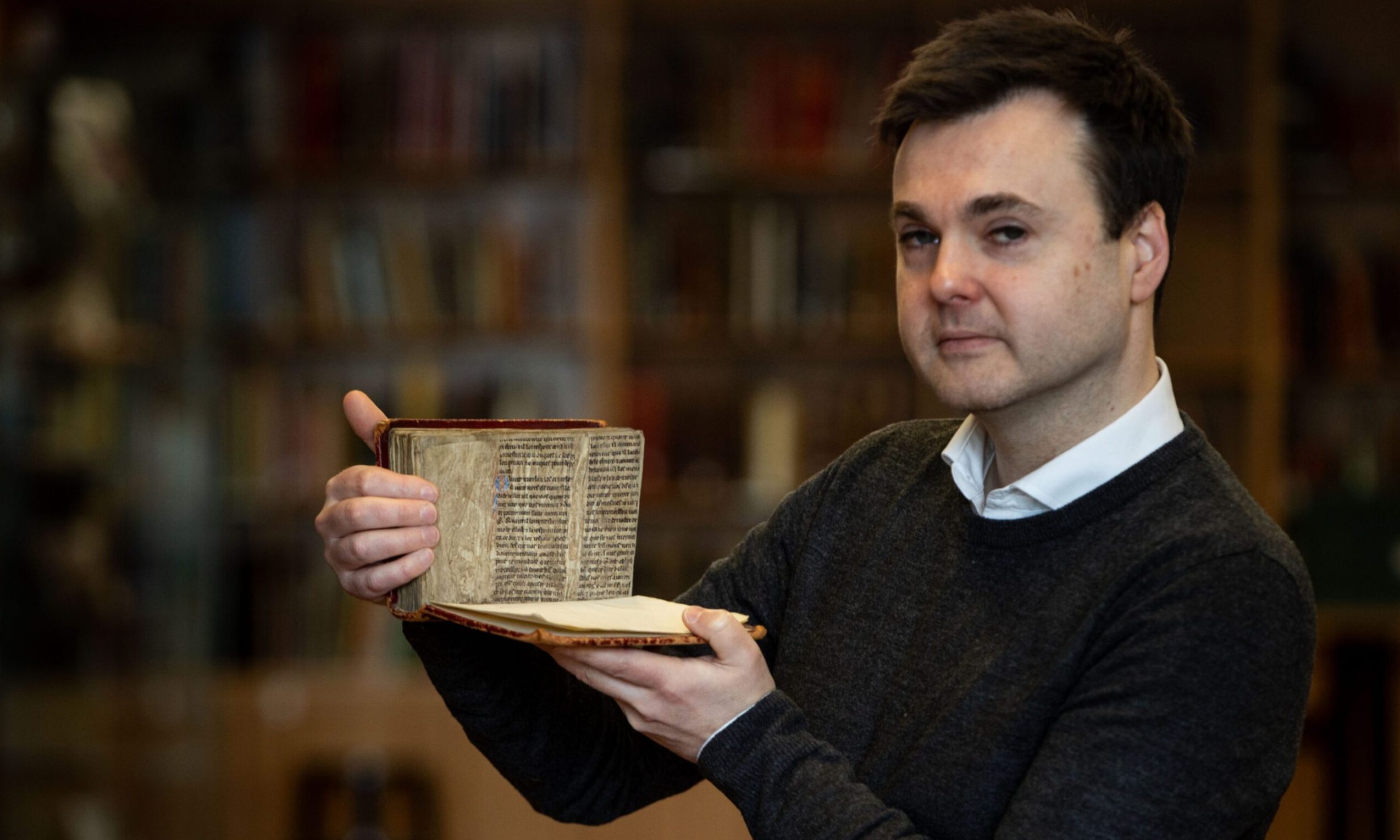
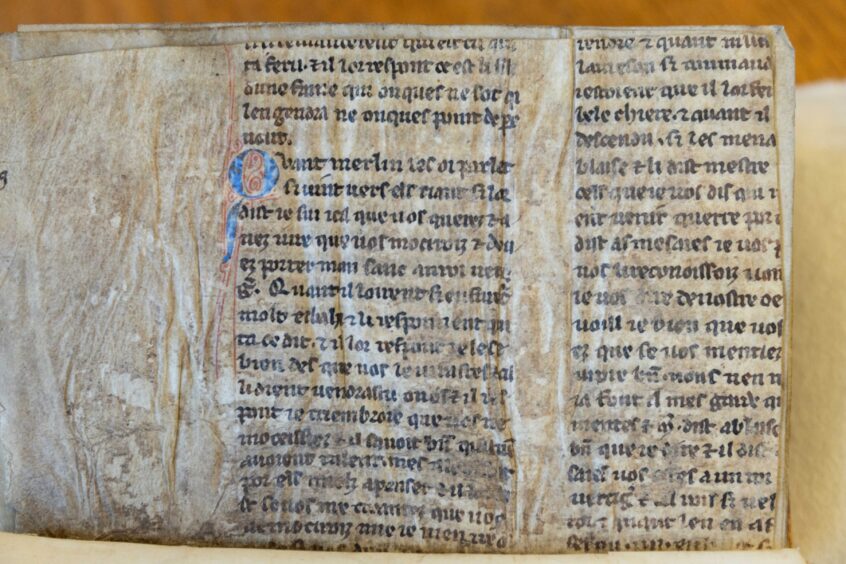
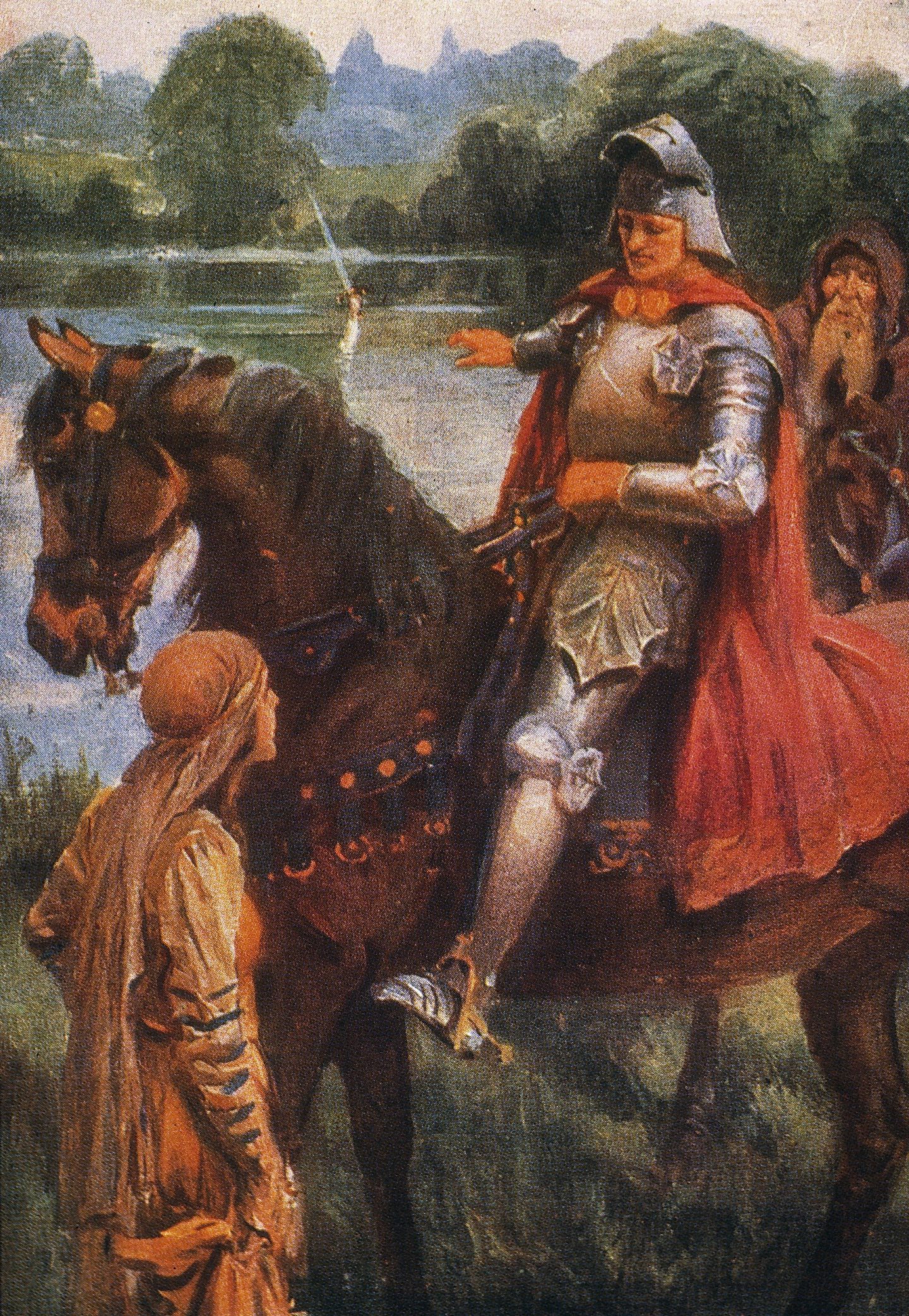
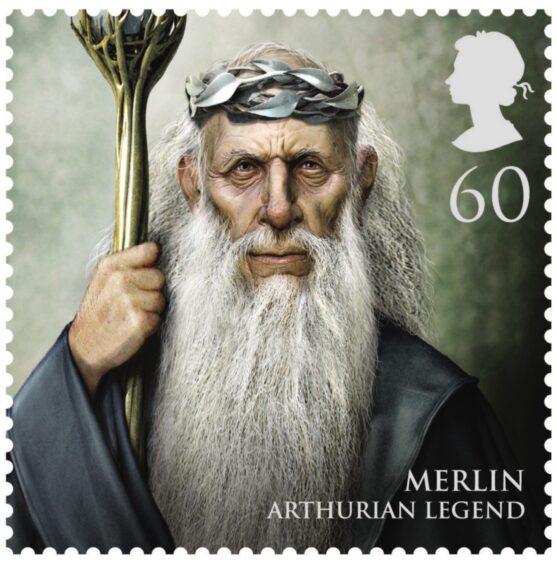
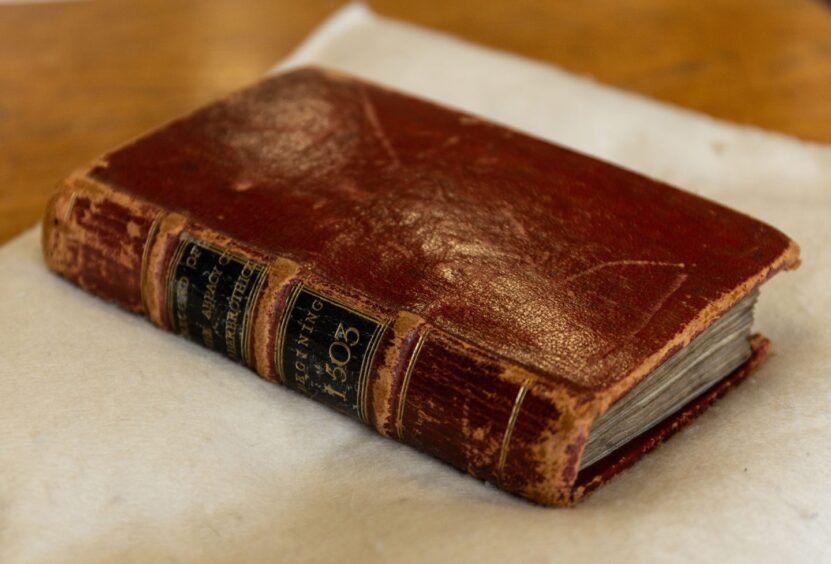










Conversation